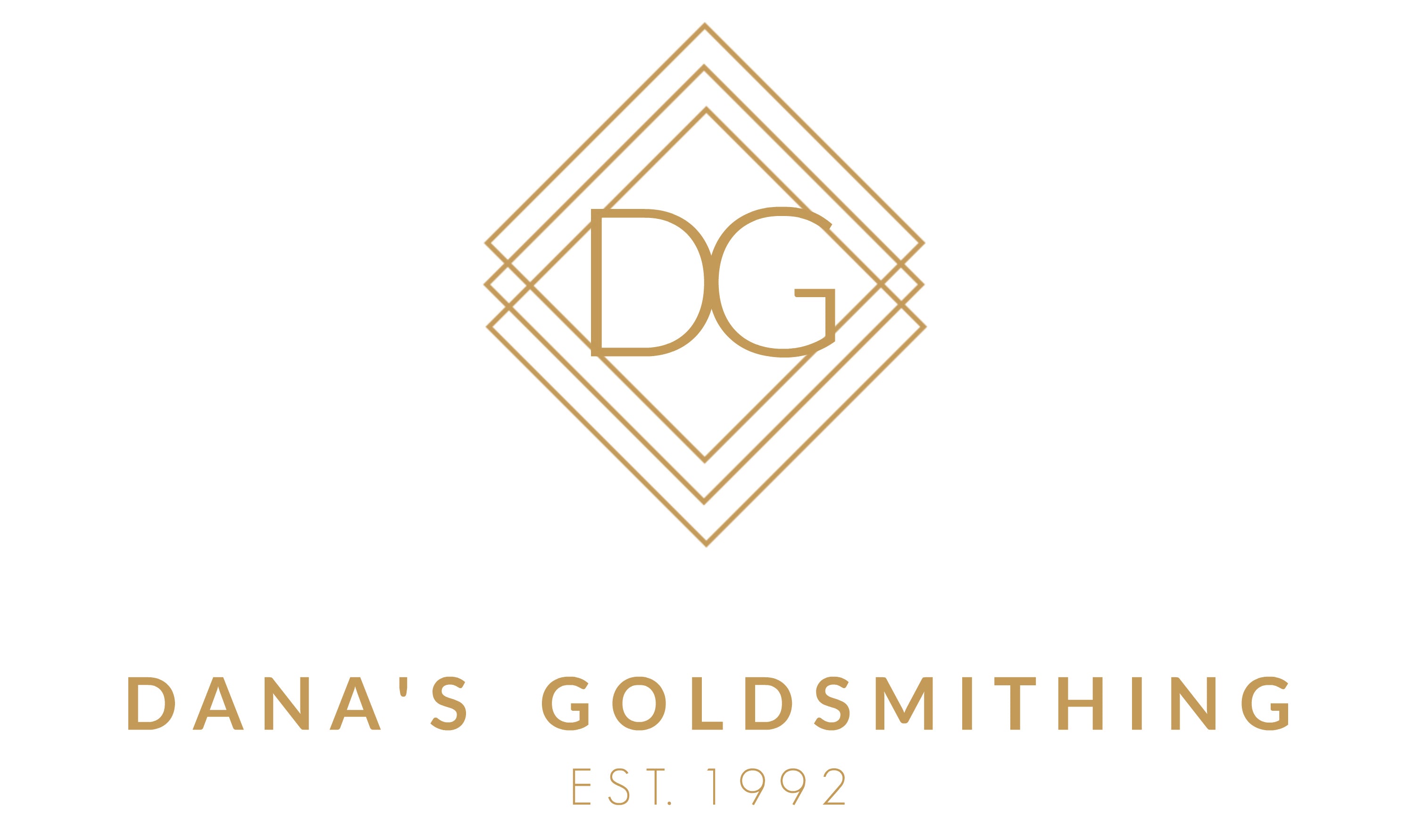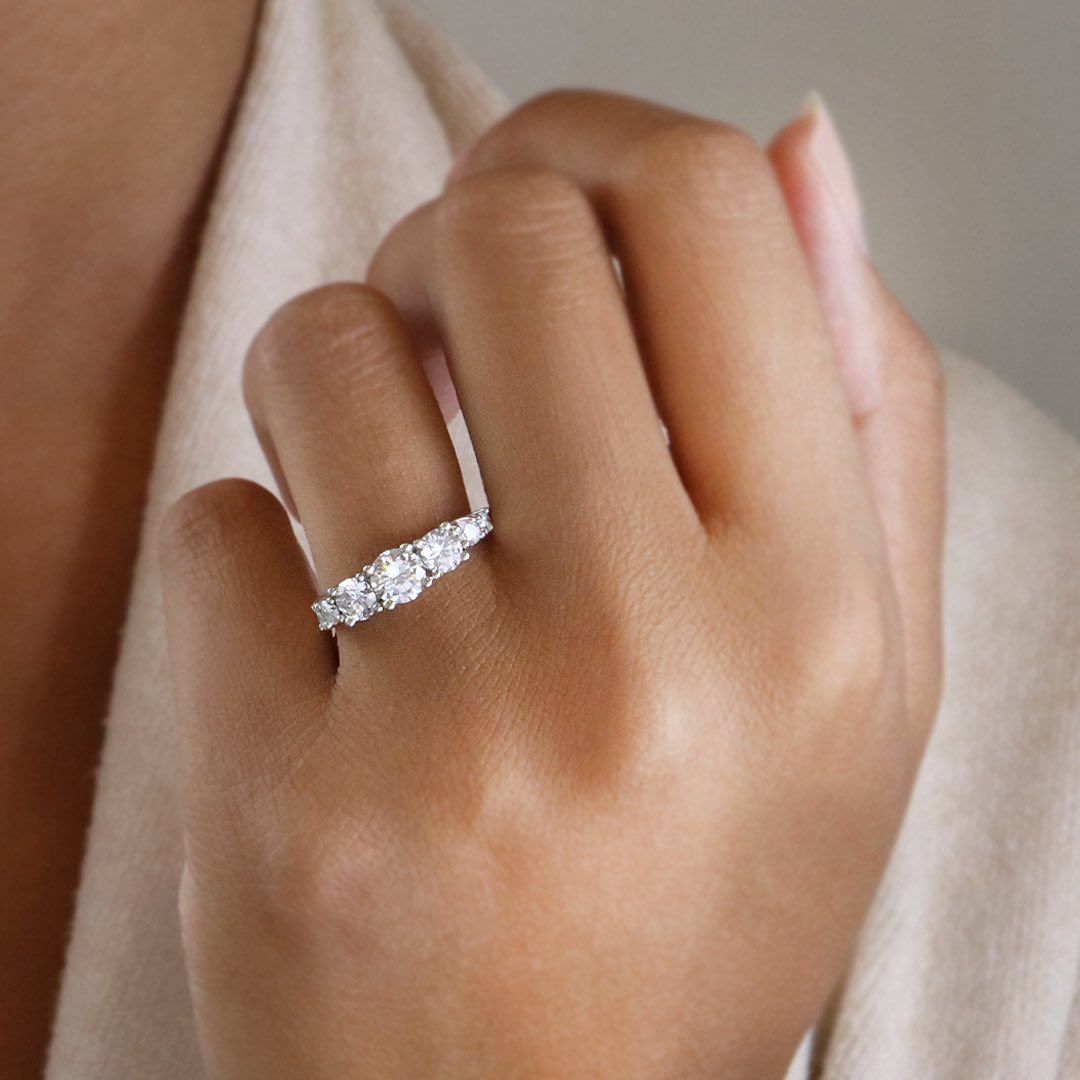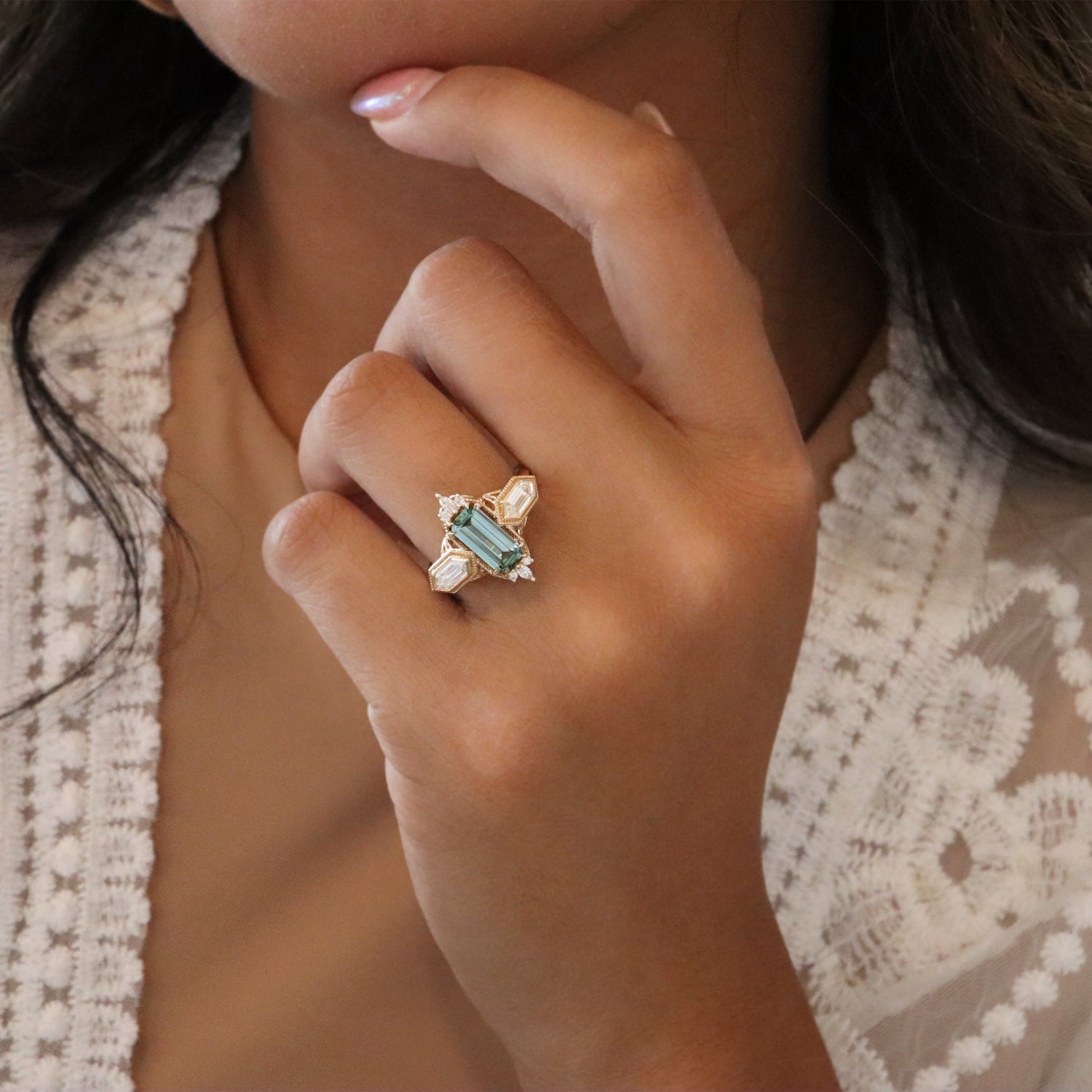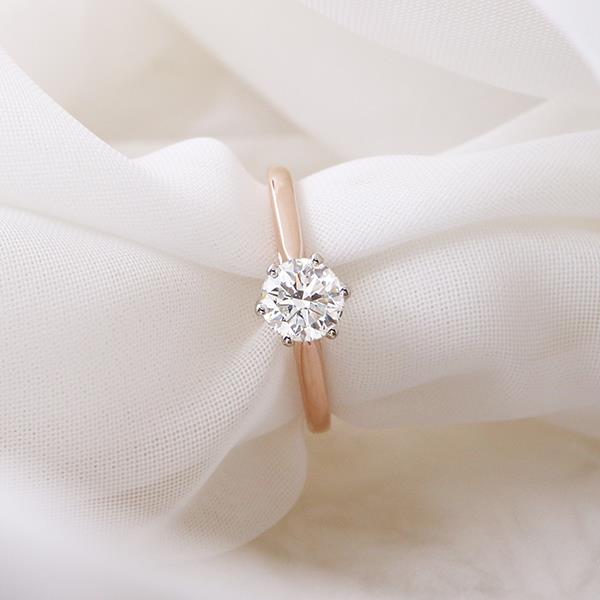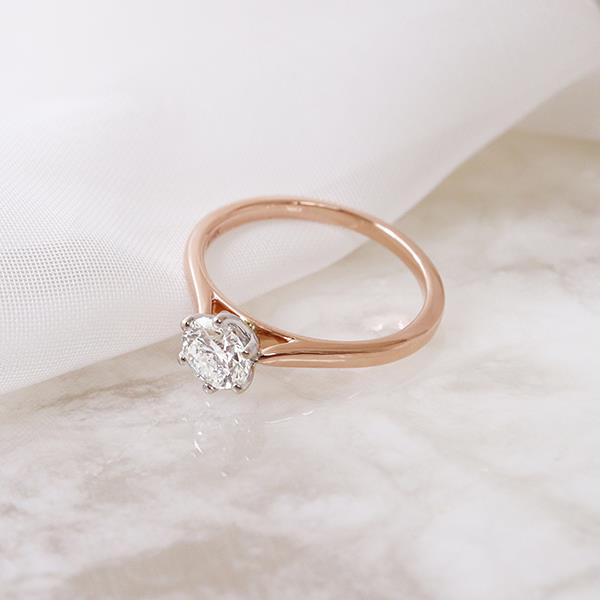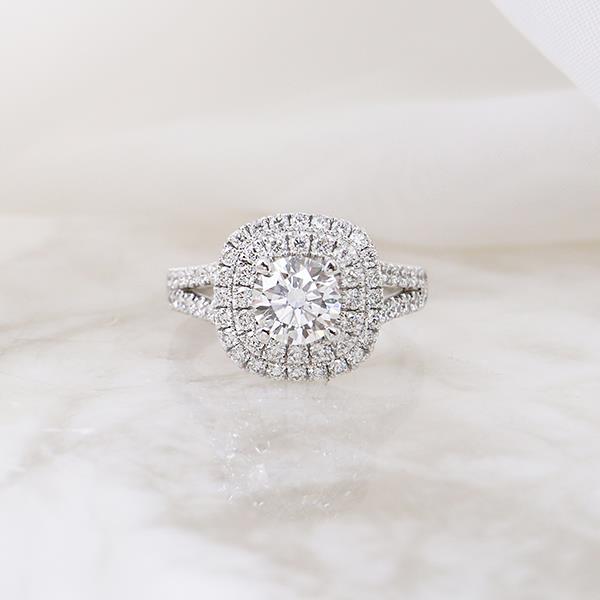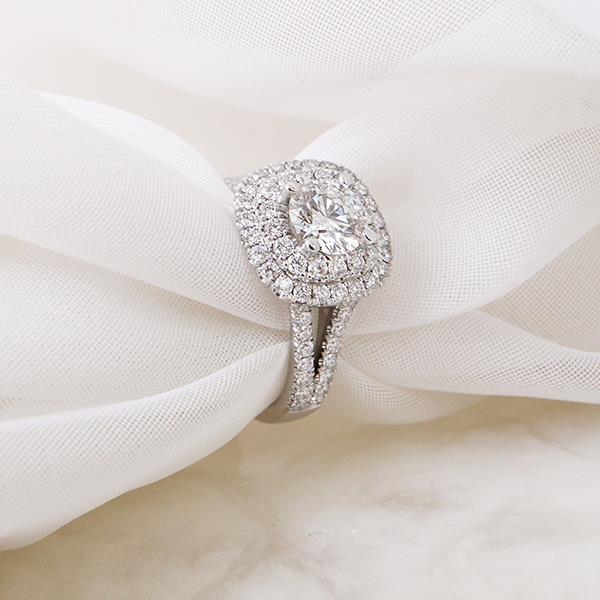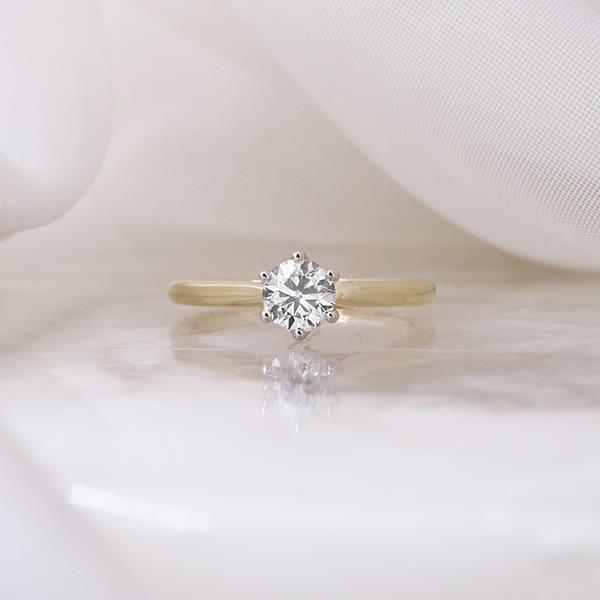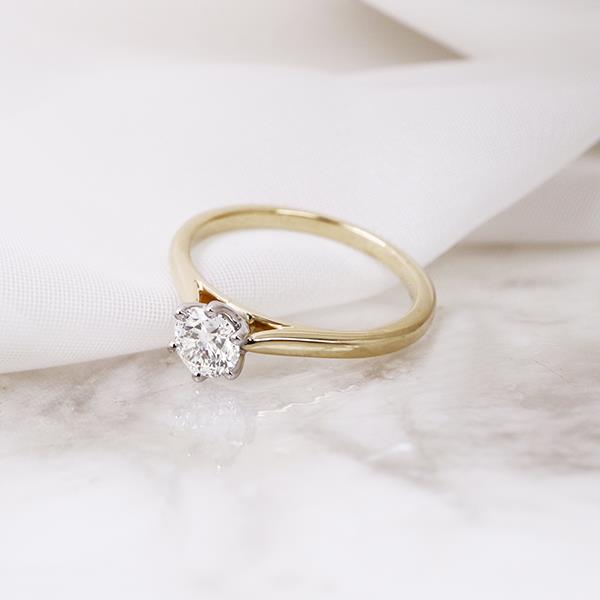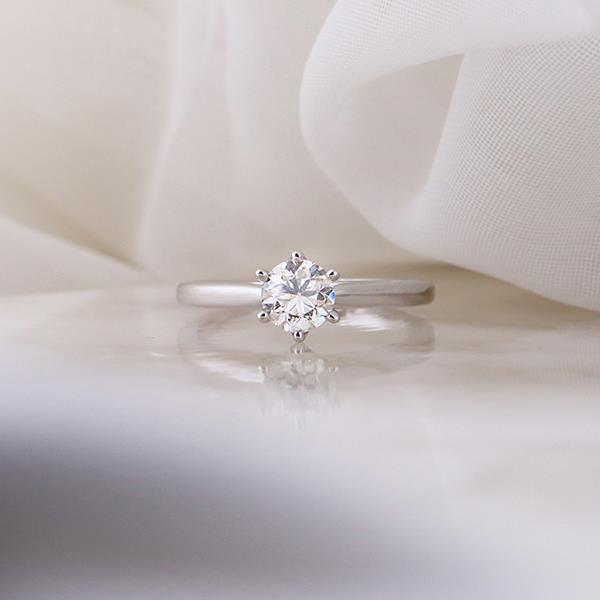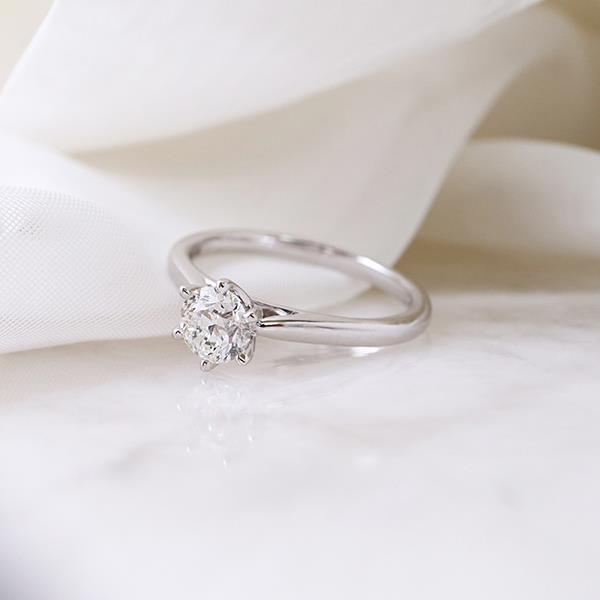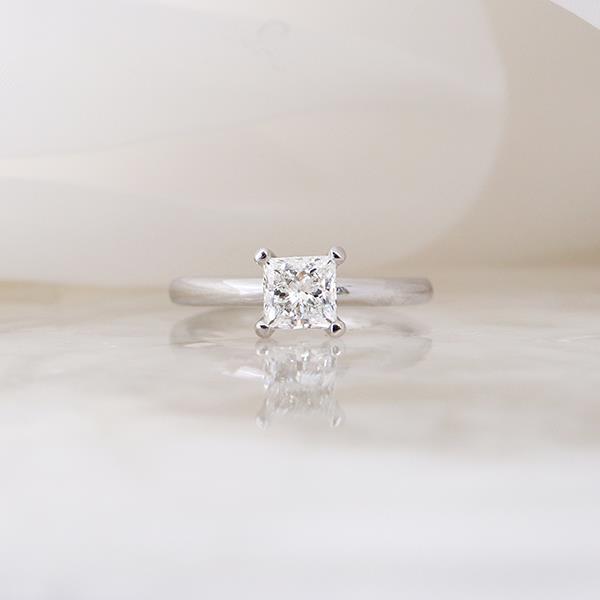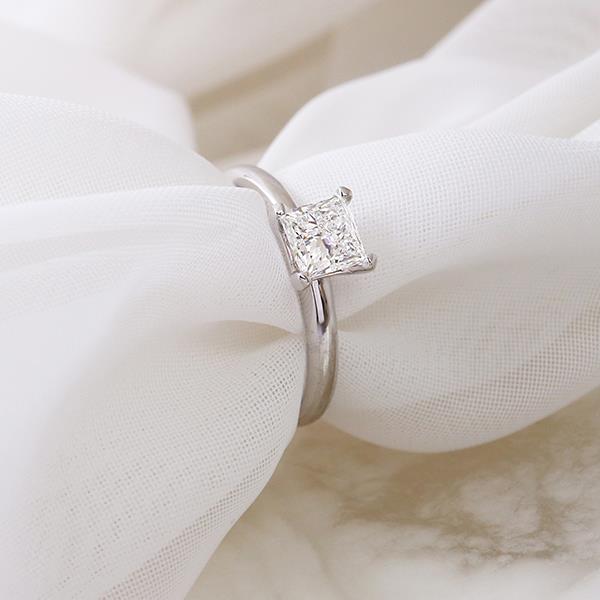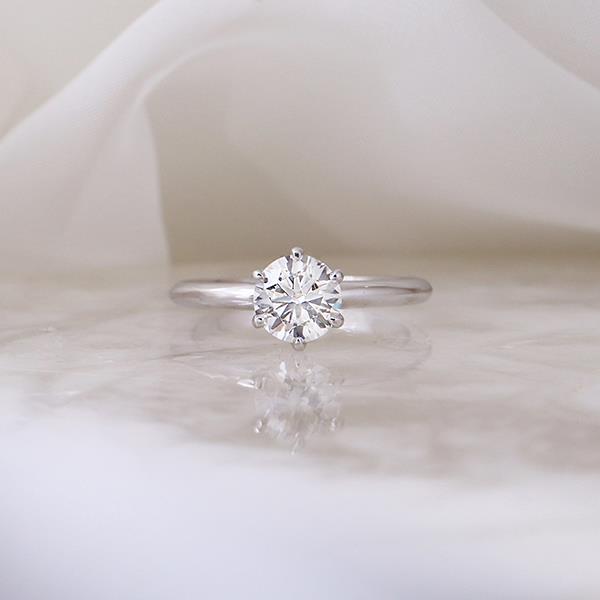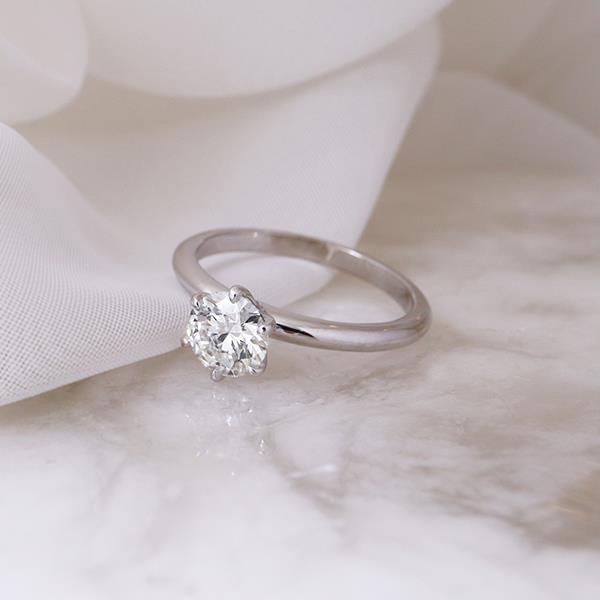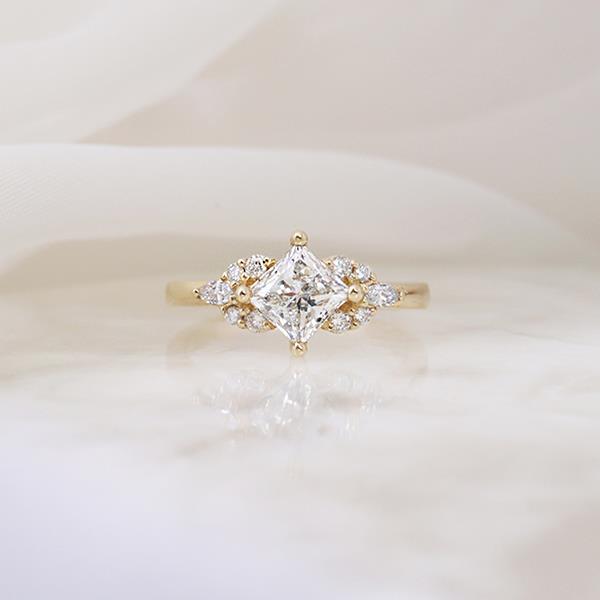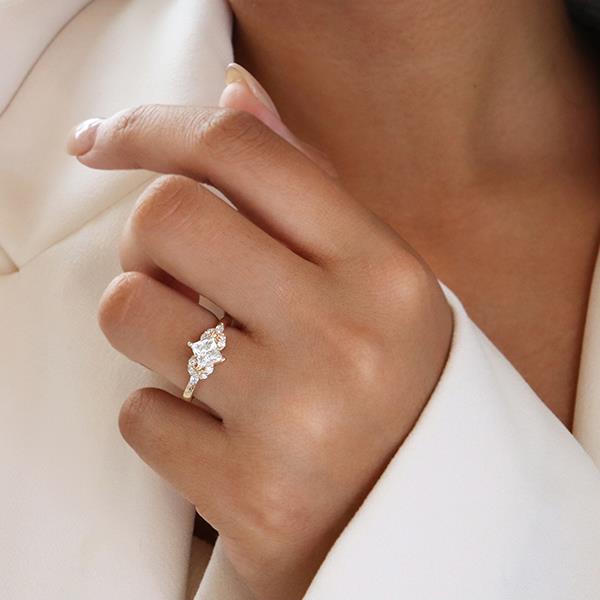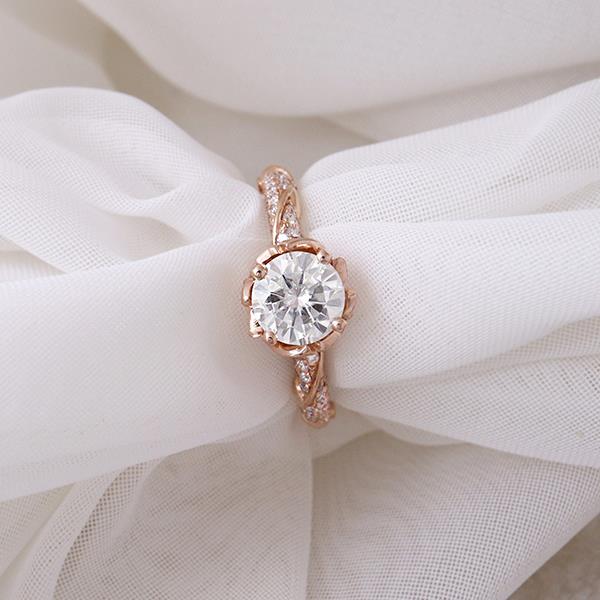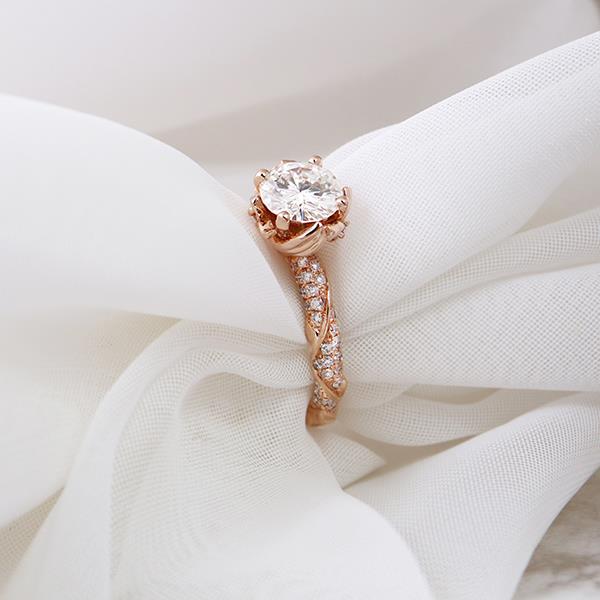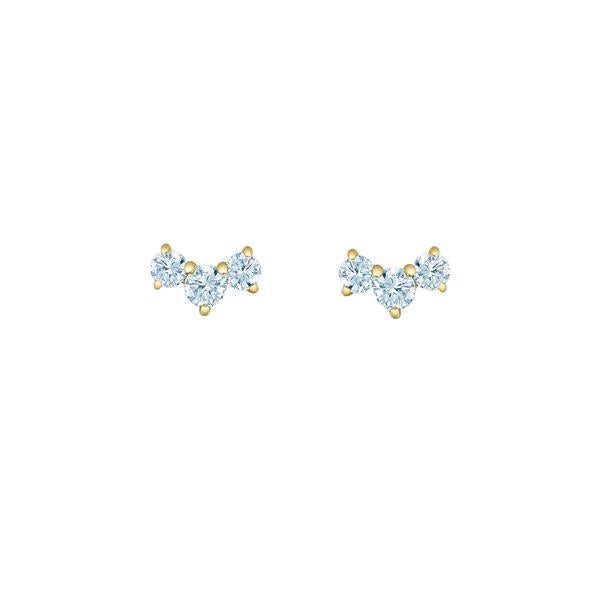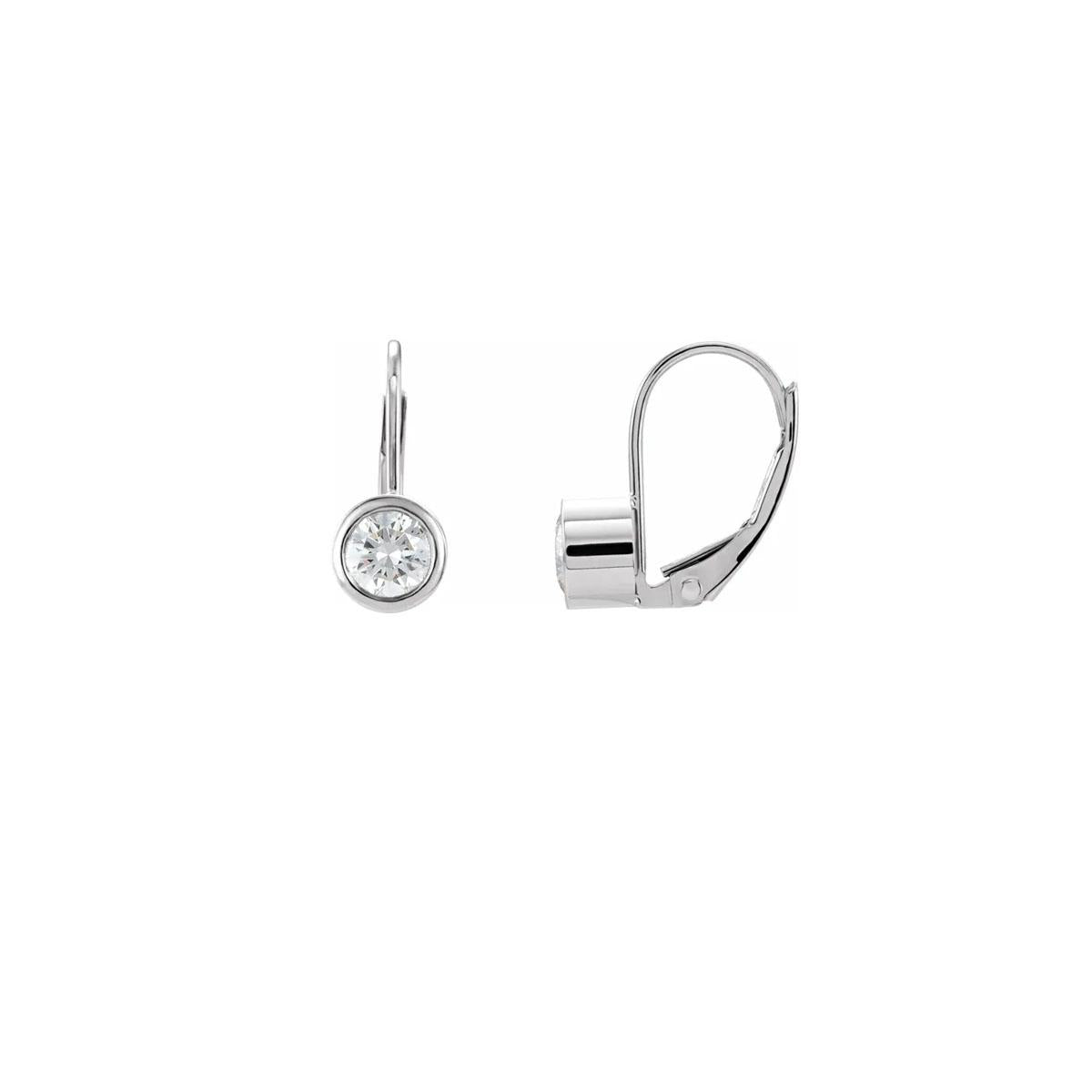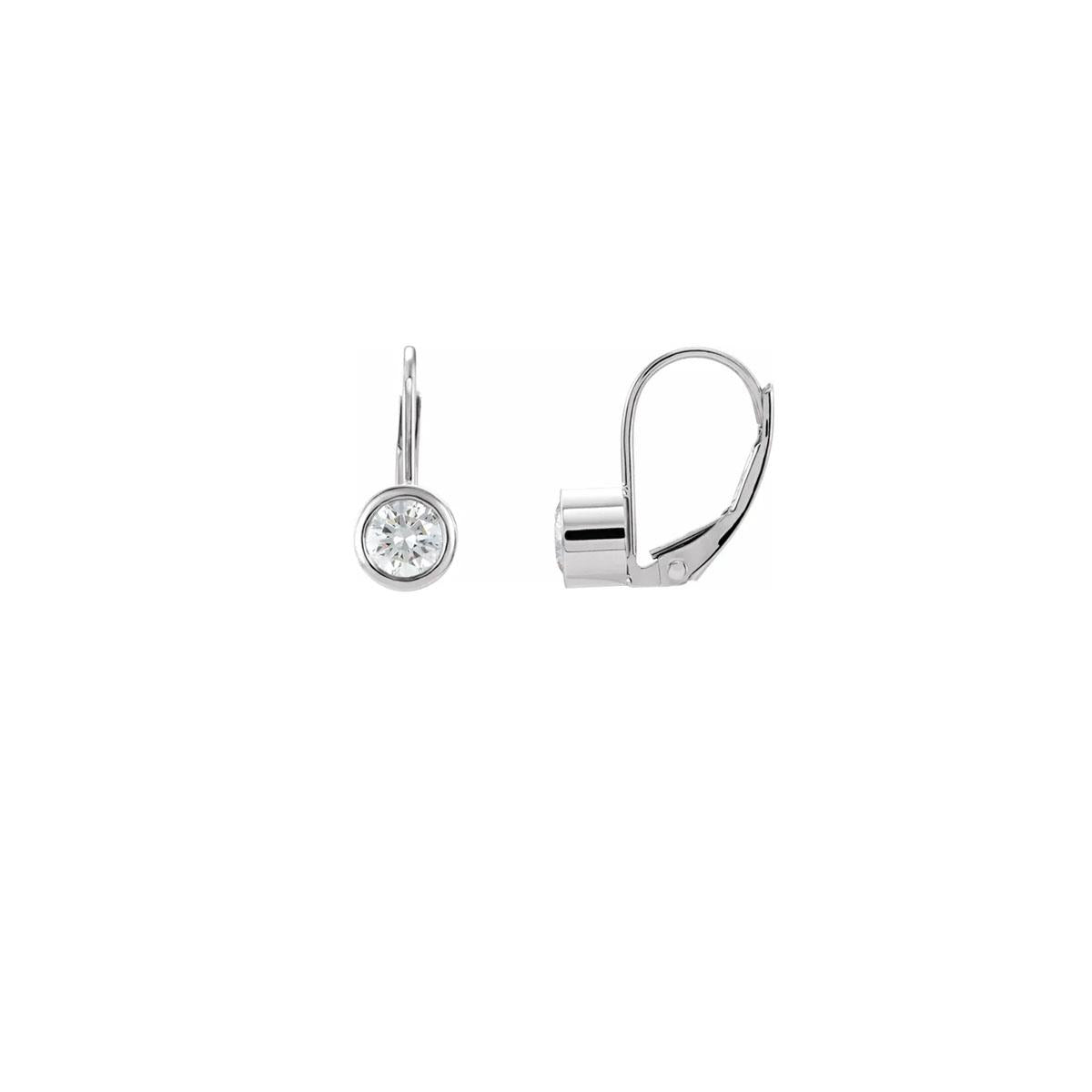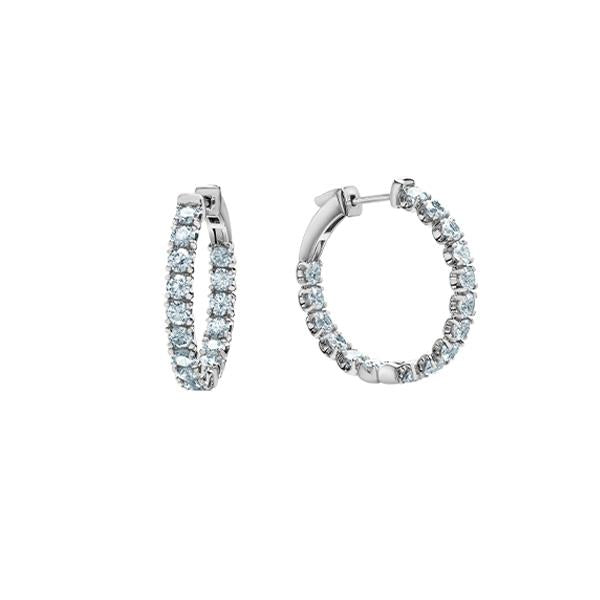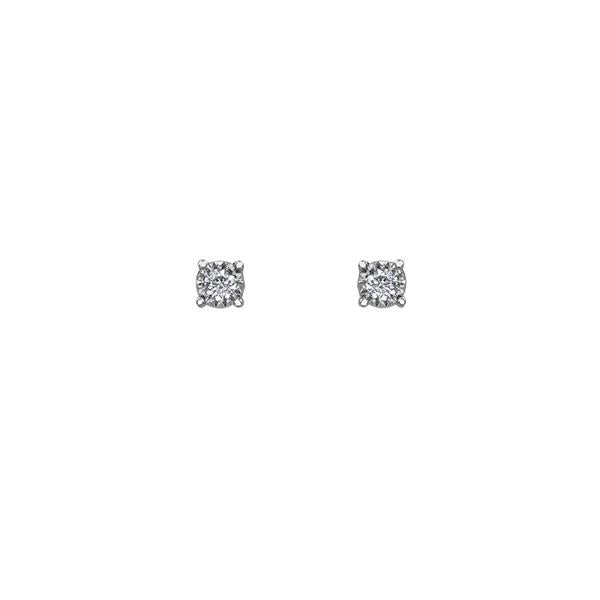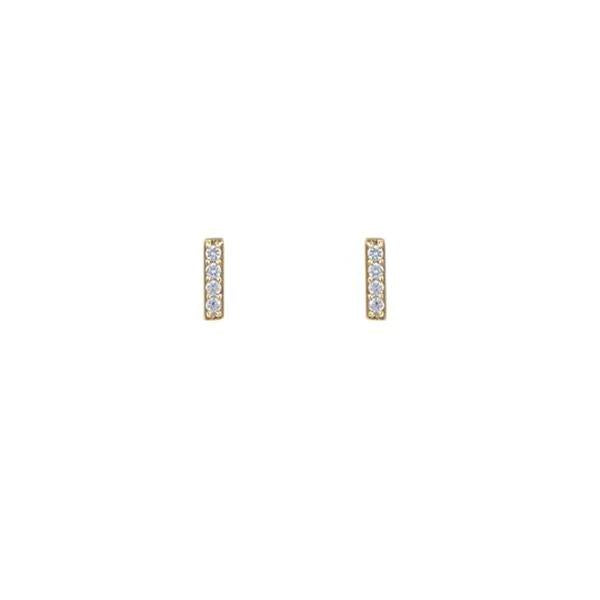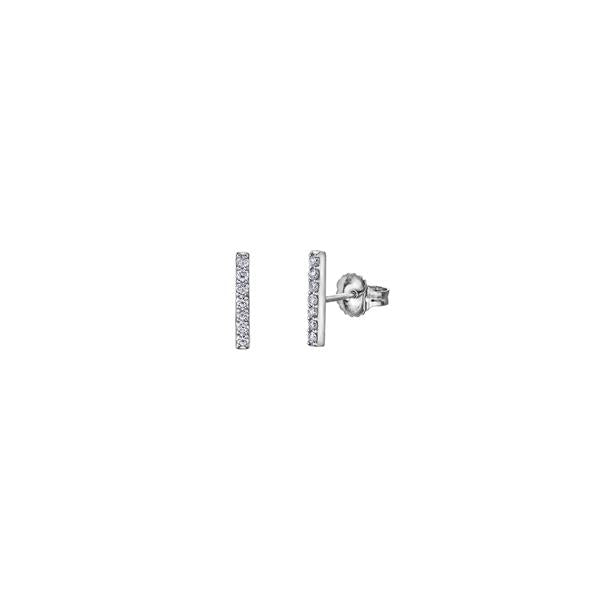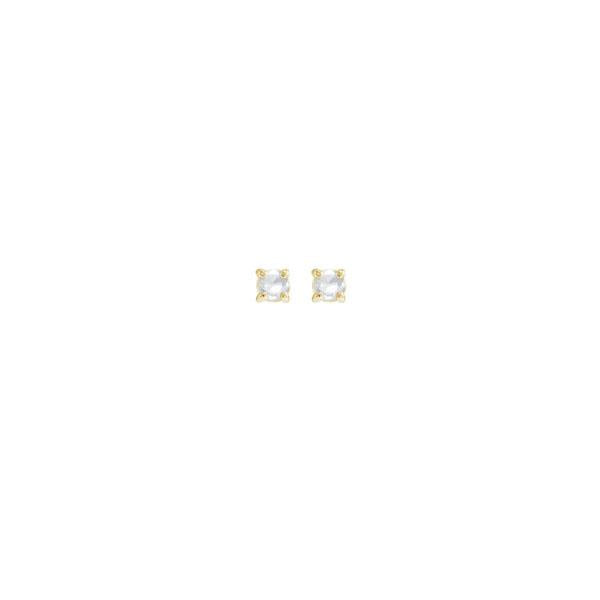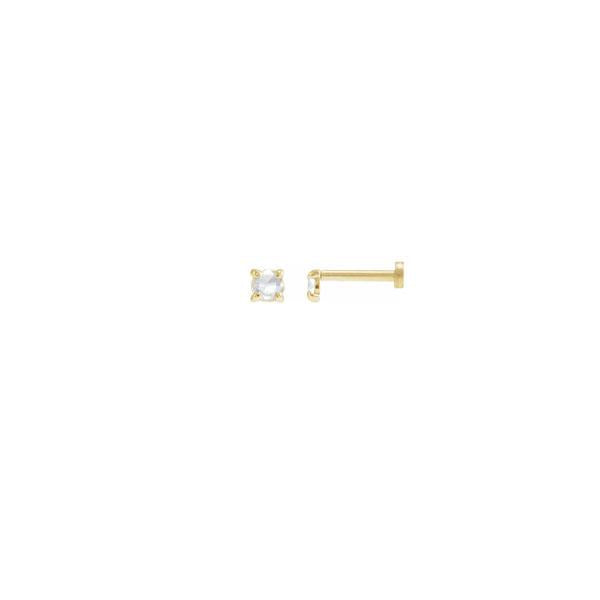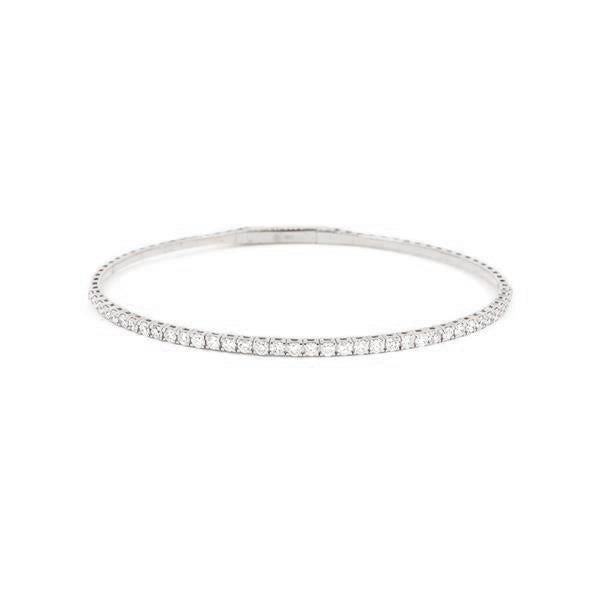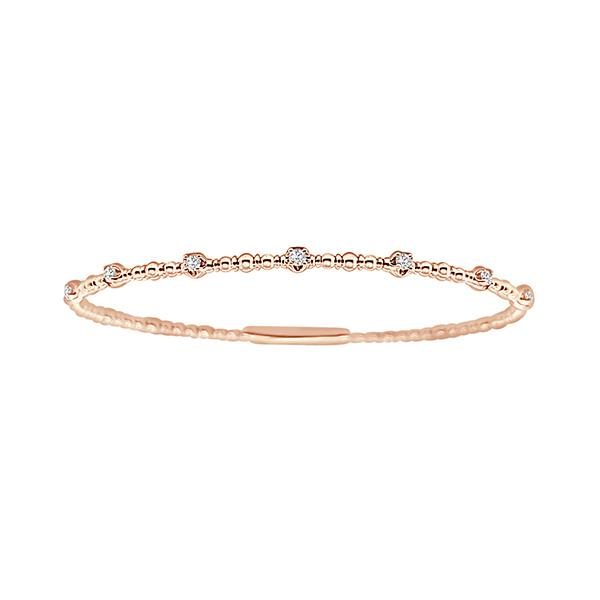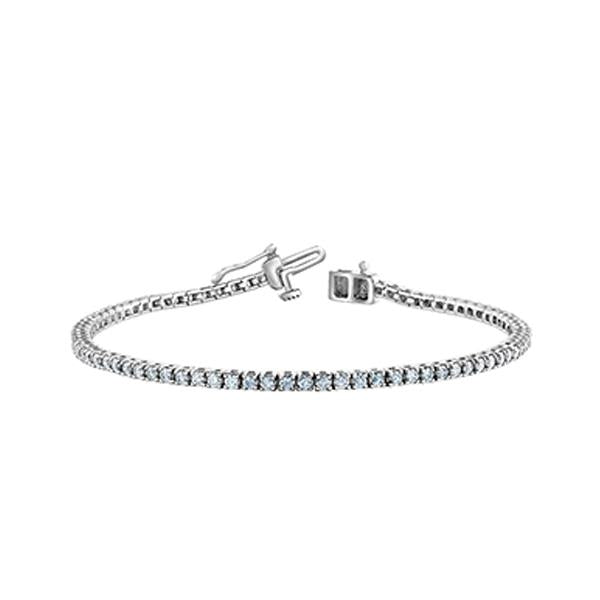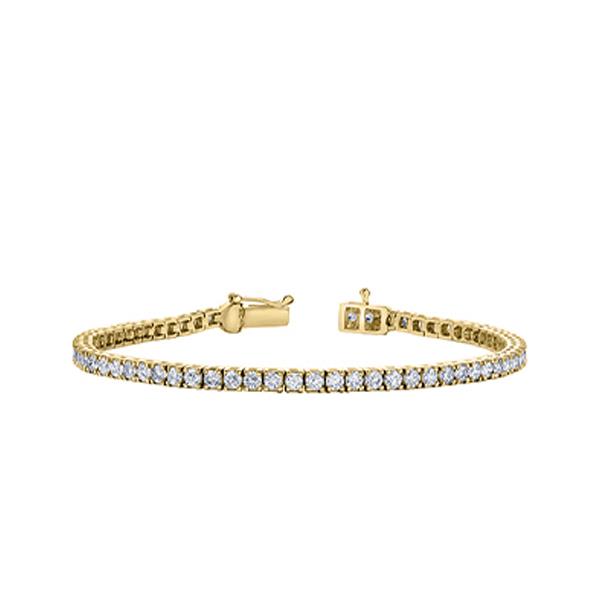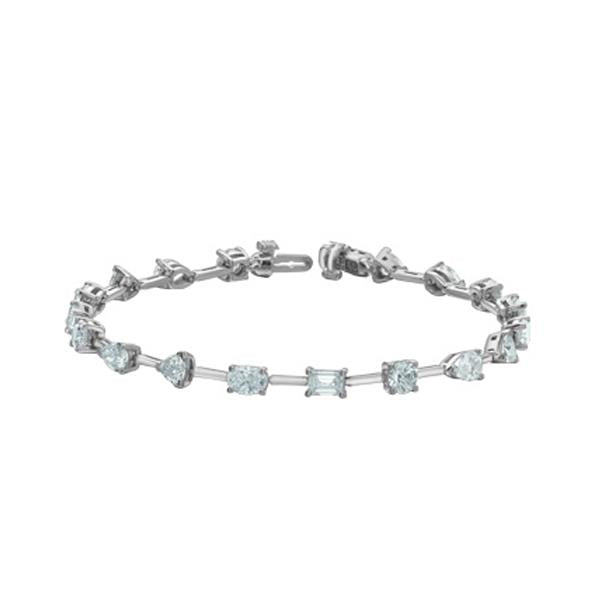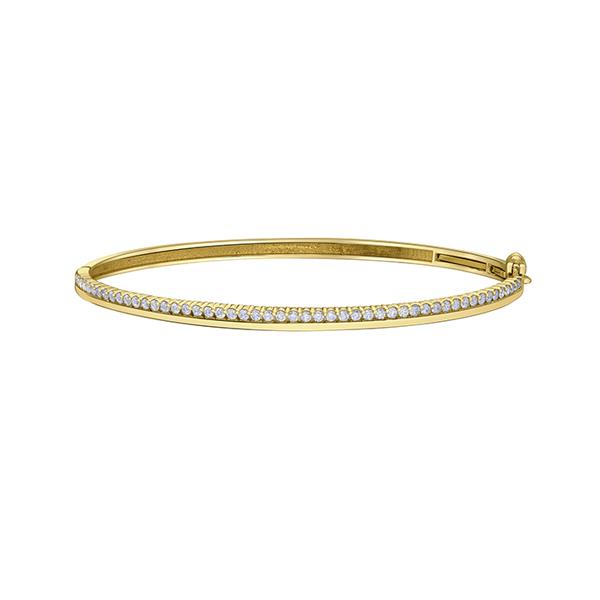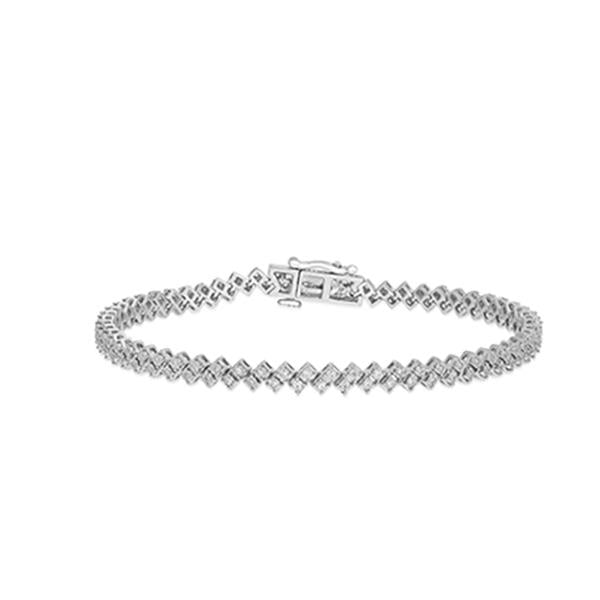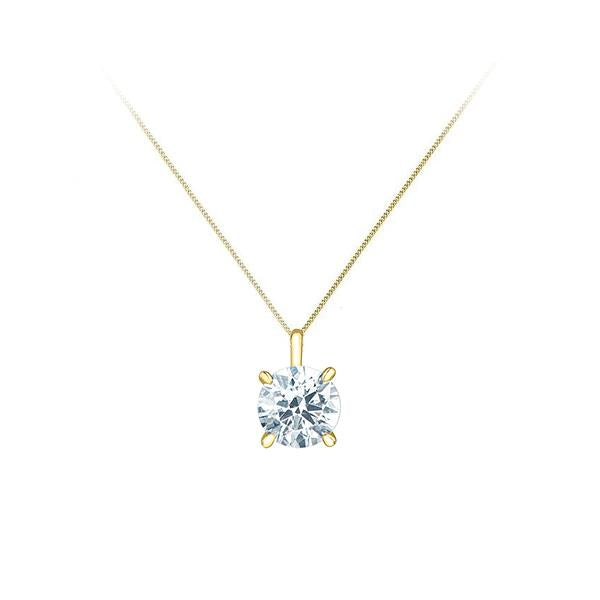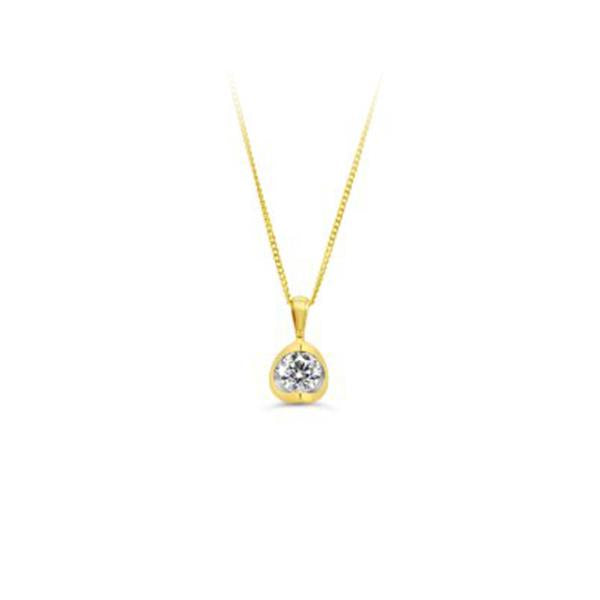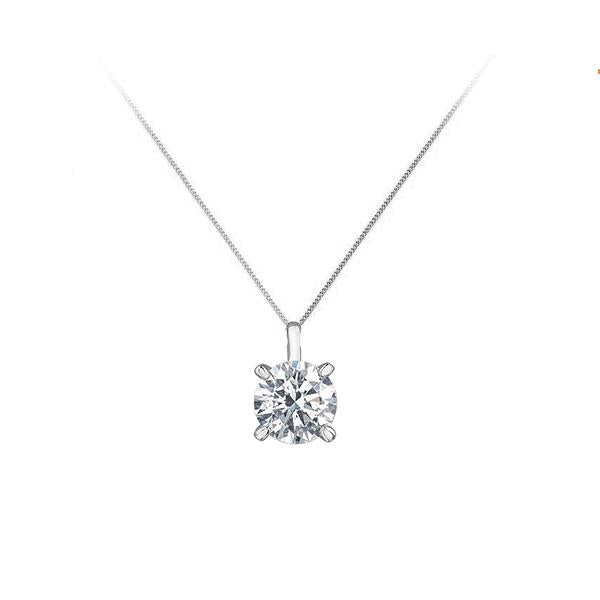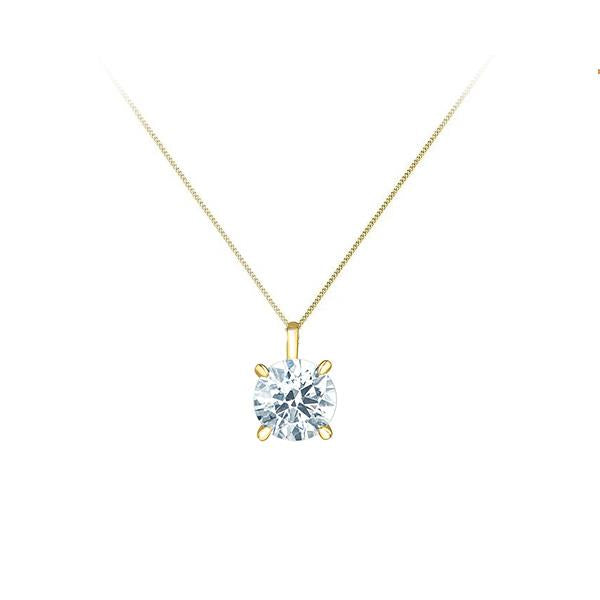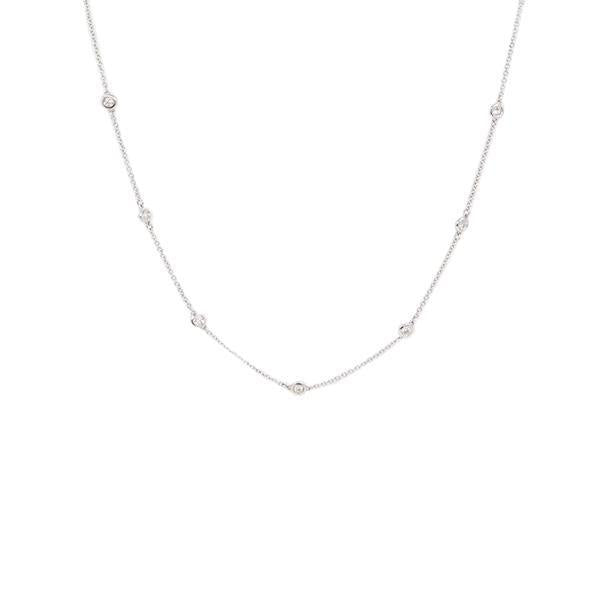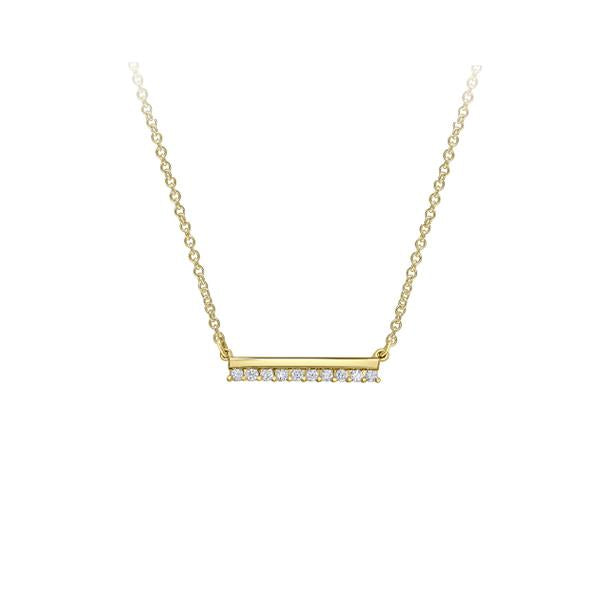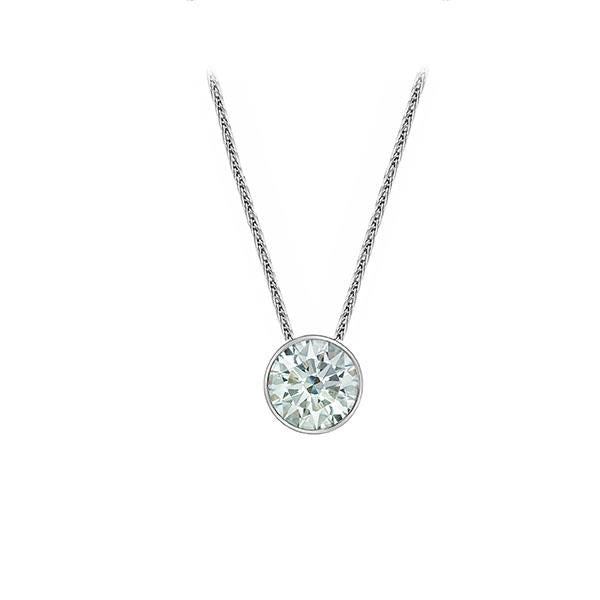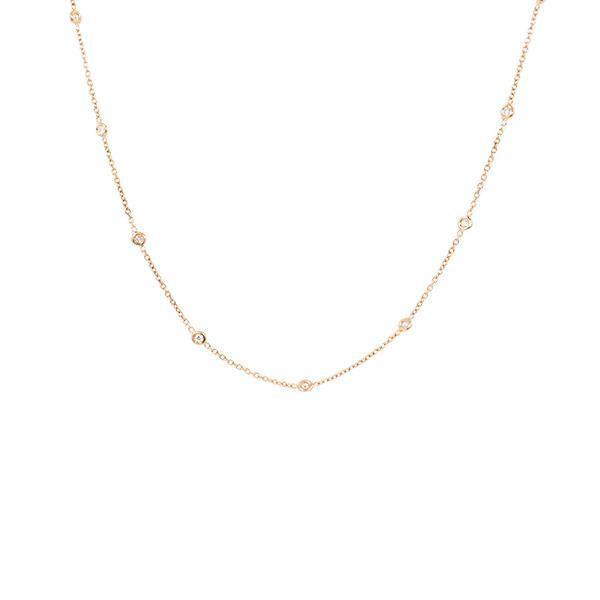Diamond Grading-The 4 C's
Colour
When jewellers speak of a diamond's colour, they are usually referring to the presence or absence of colour in white diamonds. Colour is a result of the composition of the diamond, and it never changes over time.Colourless diamonds are the most desirable since they allow the most refraction of light (sparkle). Off white diamonds absorb light, inhibiting brilliance. Generally speaking the whiter a diamond's colour, the greater its value.NOTE that natural fancy colour diamonds do not follow this rule. These diamonds, which are very rare and very expensive, can be any colour from blue to green to bright yellow. They are actually more valuable for their colour.
Colour Grading
To grade 'whiteness' or colourlessness, most jewellers refer to GIA's professional colour scale that begins with the highest rating of D for colourless, and travels down the alphabet to grade stones with traces of very faint or light yellowish or brownish colour. The colour scale continues all the way to Z.
Which Colour Grade Should I Choose?
Diamonds graded D through F are naturally the most valuable and desirable because of their rarity. But you can still obtain very attractive diamonds that are graded slightly less than colourless.Diamonds graded G through I show virtually no colour that is visible to the untrained eye and while a very, very faint hint of yellow will be apparent in these diamonds, the colour can often be minimized by carefully selecting the right jewellery in which to mount your diamond.If your setting is white gold or platinum, you may wish to opt for a higher colour grade than if the setting is yellow gold as your diamond will reflect the metal that secures it.Keep in mind that while most people strive to buy the most colourless diamond they can afford, there are many people who actually prefer the warmer glow of lower colour diamonds.
4Cs of Diamond Quality: Diamond Color Grading by GIA
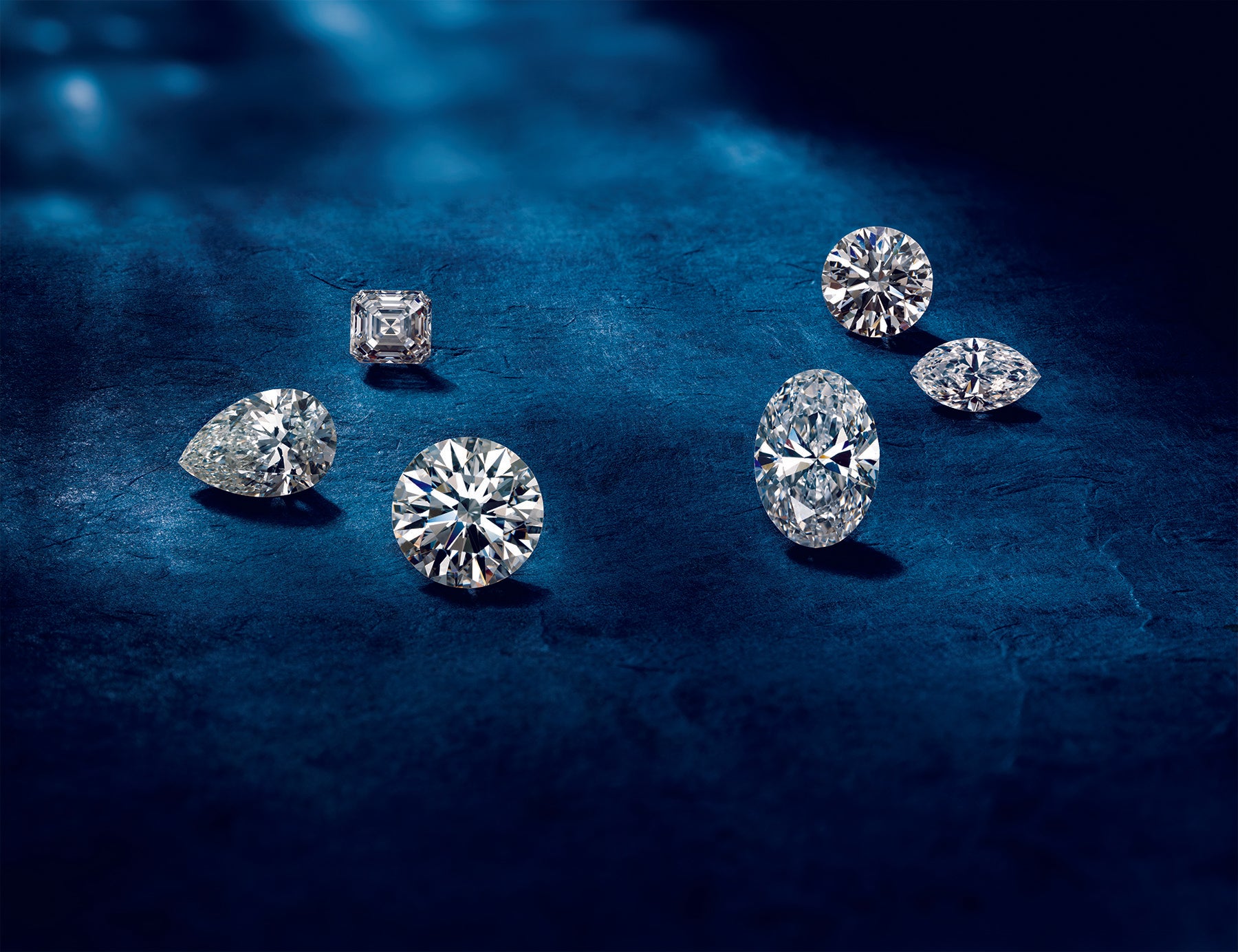
COLOUR
CLARITY
Most diamonds contain some inner flaws, or inclusions that occur during the formation process. The visibility, number and size of these inclusions determine what is called the clarity of a diamond. Diamonds that are clear create more brilliance, and thus are more highly prized, and priced.When we speak of a diamond's clarity, we are referring to the presence of identifying characteristics on (blemishes) and within (inclusions) the stone. For the purposes of grading diamonds, all flaws are called "inclusions."
How are diamonds graded for clarity?
Diamonds are graded for clarity under 10x loupe magnification. Grades range from Flawless (diamonds which are completely free of blemishes and inclusions), to Included 3 (diamonds which possess large, heavy inclusions that are visible to the naked eye).
F Flawless: No internal or external flaws. Extremely rare.
IF Internally Flawless: no internal flaws, but some surface flaws. Very rare.
VVS1-VVS2 Very Very Slightly Included (two grades). Minute inclusions very difficult to detect under 10x magnification by a trained gemologist.
VS1-VS2 Very Slightly Included (two grades). Minute inclusions seen only with difficulty under 10x magnification.
SI1-SI2 Slightly Included (two grades). Minute inclusions more easily detected under 10x magnification.
I1-I2-I3 Included (three grades). Inclusions visible under 10x magnification AS WELL AS to the human eye.
For clarity grades F through SI, inclusions are NOT visible to the naked eye. *Within this range a diamond’s clarity grade has a impact on the diamond’s value, not on the diamond’s appearance.
Which Clarity Grade Should I Choose?
While Flawless diamonds are the rarest, a diamond does not have to be flawless to be stunning.
- Diamonds with VVS and VS grades are excellent choices for both value and appearance.
- More affordable (and still a great choice) are those diamonds which gemmologists call "eye-clean" - diamonds with no inclusions visible to the naked eye. These diamonds are SI1 and SI2.
- I1- I3 diamonds are considered Included but within the I1 range may only have 1 inclusion which is visible to the naked eye. Because not everyone notices visible flaws and not all "visible" flaws are "equally" visible, an I1 diamond can be an affordable option. Considering that I2-I3 diamonds have many visible inclusions this diamond would only be a choice for the consumer who is not interested in quality.
4Cs of Diamond Quality: Diamond Clarity Grading by GIA

CLARITY
CUT
Cut is probably the most important, and most challenging, of the four Cs to understand.The brilliance of a diamond depends heavily on its cut. Don't confuse the diamond's "cut" with the diamond's "shape." Shape refers to the general outward appearance of the diamond, (such as round, marquise, or pear). When a jeweller (or a diamond certificate) says "cut," that's a reference to the diamond's reflective qualities, not the shape.The quality of the "cut" does make a difference in how a diamond looks. A good cut gives a diamond its brilliance, which is that brightness that seems to come from the very heart of a diamond. The angles and finish of any diamond are what determine its ability to handle light, which leads to brilliance.As shown in the image below, when a diamond is well-cut, light enters through the table (top) and travels to the pavilion (bottom) where it reflects from one side to the other before reflecting back out of the diamond through the table and to the observer's eye. This light is the brilliance we mentioned, and it's this flashing, fiery effect that makes diamonds so mesmerizing.In a poorly cut diamond, the light that enters through the table reaches the facets and then 'leaks' out from the sides or bottom of the diamond rather than reflecting back to the eye. Less light reflected back to the eye means less brilliance.Good Proportions are KeyThe best cut diamonds are those that follow a set of formulae calculated to maximize brilliance. These formulae can be seen in a diamond's proportions, most importantly how the depth compares to the diameter, and how the diameter of the table compares to the diameter of the diamond.Because cut is so important, several grading methods have been developed to help consumers determine the cut of a particular diamond. They follow a set of formulae calculated to maximize brilliance. In general, these grades are:
4Cs of Diamond Quality: Diamond Cut Grading by GIA

CUT
CARAT WEIGHT
A carat is the unit of weight by which a diamond is measured. One carat is equal to 200 milligrams, or 0.2 grams. You may have heard the term points (pts). There are 100 points in one carat therefore 50 pts = .50ct (half a carat).NOTE: Don't confuse "carat weight" with "karat," the method of determining the purity of gold.The process that forms a diamond happens only in very rare circumstances, and typically the natural materials required are found only in small amounts. That means that larger diamonds are uncovered less often than smaller ones. Thus, large diamonds are rare and have a greater value per carat. For that reason, the price of a diamond rises exponentionaly to its size. For example a 1 carat diamond is much more expensive per carat than 10 diamonds equaling 1 carat.Size does matter. It is not, however, a measure of your love.
4Cs of Diamond Quality: Diamond Carat Weight Grading by GIA

CARAT WEIGHT
SHOP DIAMONDS
